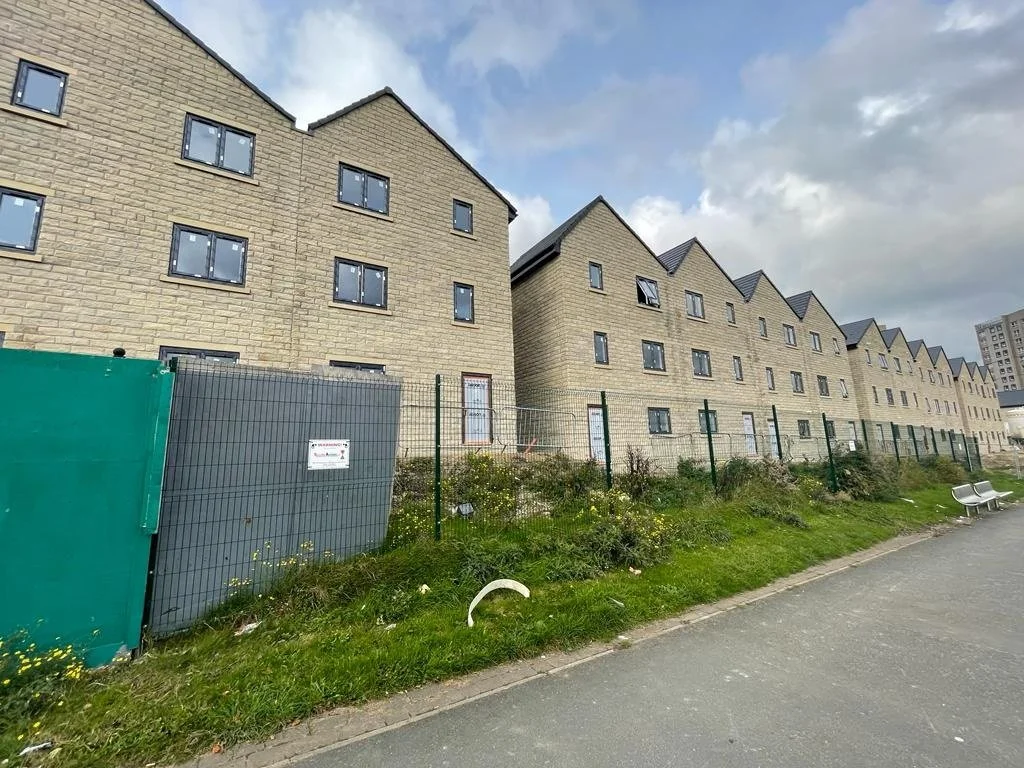Bridging the gap between five year land supply and housing delivery.
Bridging the gap between five year land supply and housing delivery
A five-year housing land supply is a term that is commonly used within the planning sector to describe the amount of residential land available for development over the next five years. It serves as a pivotal element in meeting the ever-growing demands for residential spaces. However, ensuring a seamless transition from land allocation to actual housing delivery is a multifaceted challenge that requires careful consideration of various factors.
Strategic blueprint
Local planning authorities employ the five-year housing land supply as a strategic blueprint to forecast and meet the escalating demand for housing. This framework necessitates a meticulous analysis of population projections, economic trends, and infrastructure capacities to allocate suitable land for development.
Despite its significance, the execution of a five-year housing land supply plan is fraught with challenges. From accurate data acquisition to navigating opposition from local communities, each stage presents hurdles that impact the timely delivery of housing projects. Planning delays, legal disputes, and evolving demographics further complicate matters.
Housing demand
The five-year housing land supply is crucial for reasons such as meeting housing demand. It ensures that there is enough land available for housing development to meet the demand for new homes. This is extremely important in areas where there is a growing population or where there is a housing shortage.
Other reasons include things such as strategic planning. It encourages local authorities to plan for future housing needs, taking into account factors like economic development and population growth. It can also help to promote a balanced approach to development, by ensuring that land is available in different areas, to meet diverse housing needs.
Available land
To calculate the five-year housing land supply, planners consider various factors such as existing housing stock, projected population growth, and the capacity of available land for development. They also take into consideration factors like environmental impact and infrastructure capacity.
The allocation of land for housing development can be met with resistance from local communities and political opposition. NIMBY (Not In My Backyard) sentiments can make it difficult to find suitable land for development, even if it is needed.
Sustainable communities
Bridging the gap between a five-year housing land supply plan and the actual delivery of housing projects is a multifaceted endeavour. It demands a holistic approach that addresses challenges at every stage, from accurate data analysis and community engagement to infrastructure development and environmental sustainability. As areas continue to evolve, the commitment to fulfilling the promise of housing delivery remains essential for creating sustainable communities.

